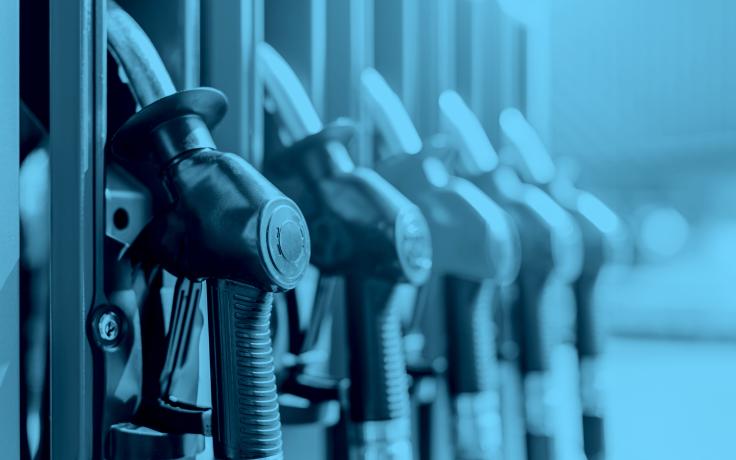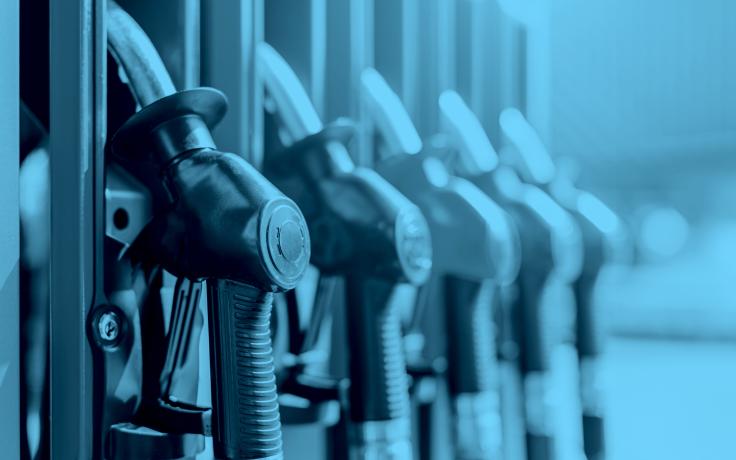Fuel prices in the EU: Understanding future dynamics


Fuel accounts for a third of a road transport operator's costs. Emissions trading, taxes, supply uncertainty and alternative fuels will all impact fuel prices in the EU. Where are we headed?
There are seven million buses and trucks on EU roads, enabling 330 billion passenger-kilometres for mobility services and 1.9 trillion tonne-kilometres for freight every year.
Almost all are currently powered by fossil fuels, primarily diesel. Fuel costs account for a significant part of the total cost of ownership (TCO) for any commercial bus or truck over the vehicle's lifetime. From an operating company's perspective, fuel costs represent around one third of annual costs.
Understanding fuel price dynamics is therefore crucial for operators to preserve business profitability and thin margins while maintaining transport capacity, service and quality for their clients. The sector has also begun to transition towards carbon-neutral fuels, in line with the EU's ambition to reach net-zero emissions by 2050. This will add more variables and uncertainty into the dynamics of how fuel prices evolve for the road transport sector in the short and long term.
This IRU Intelligence Briefing, which is updated annually, analyses fuel price dynamics in the EU, and per EU country, over time. It considers fuel prices in terms of liquid fossil fuels such as diesel; additives such as AdBlue; gaseous fossil fuels such as compressed natural gas (CNG); and alternative fuels including electricity and renewable biofuels. Which factors influence the cost of diesel?
Where are fuel prices headed? What about AdBlue? Which EU countries consume the most diesel?
Where is the EU getting its fuel from?
How do fuel excise rates impact fuel prices?
How do alternative fuels such as electricity and biofuels impact pricing dynamics?